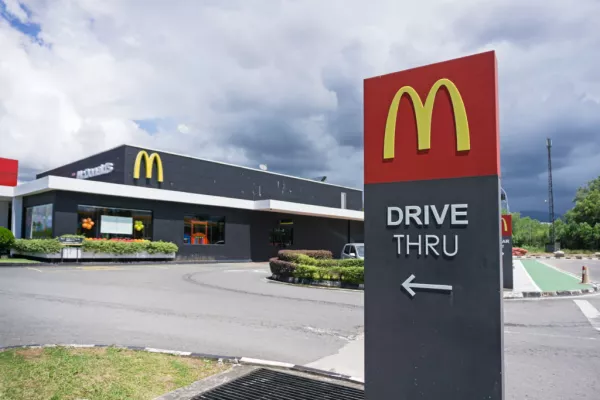Restaurant Brands International missed market estimates for quarterly sales on Friday as still-high inflation pressured consumer spending at its Burger King chain, sending shares down nearly 5% in early trading.
Weaker household budgets are forcing some customers to cut back on restaurant food and instead rely on cheaper, home-cooked meals, a trend that has dented traffic across the US restaurant industry over the past few months.
'Mixed Bag'
The Popeyes owner's dour sales contrast a strong third-quarter performance from rival McDonald's, which has been doubling down on menu upgrades, promotions and pricing - eroding market share at Burger King and other chains.
"The quarter was a mixed bag... maybe expectations were a little bit too high (for Burger King)... but they have to figure out a way to compete with the McDonald's of the world," said Sante Faustini III, director of product intelligence at M Science.
Footfall Flat
Burger King's total same-store sales growth of 7.2% missed analysts' estimates of 8.71%, according to LSEG data.
Still, menu items like the Royal Crispy wraps and Whopper Nuggets are helping increase visits to Burger King, company executives said on a post-earnings call.
Footfall at US locations was flat in the quarter, an improvement from several quarters of traffic declines seen so far, they said.
Turnaround Plan
Burger King's $400 million (€373 million) turnaround plan was progressing well so far, but "there is still a lot more we can do to accelerate development, drive traffic and grow franchisee profitability", said executive chairman Patrick Doyle.
A let-up in some commodity costs helped Canada-based Restaurant Brands post an adjusted profit of 90 cents per share, above expectations of 86 cents, even as it invested heavily in advertising, restaurant technology and labor.
Tim Hortons
Its Canada-focused Tim Hortons chain also recorded better-than-expected comparable sales growth of 6.8%, as the brand's coffees, new cold drinks and breakfast sandwiches attracted more customers.
Total revenue at the company rose 6.4% to $1.84 billion (€1.71 billion) for the quarter ended Sept. 30. Analysts had estimated $1.87 billion (€1.74 billion).









